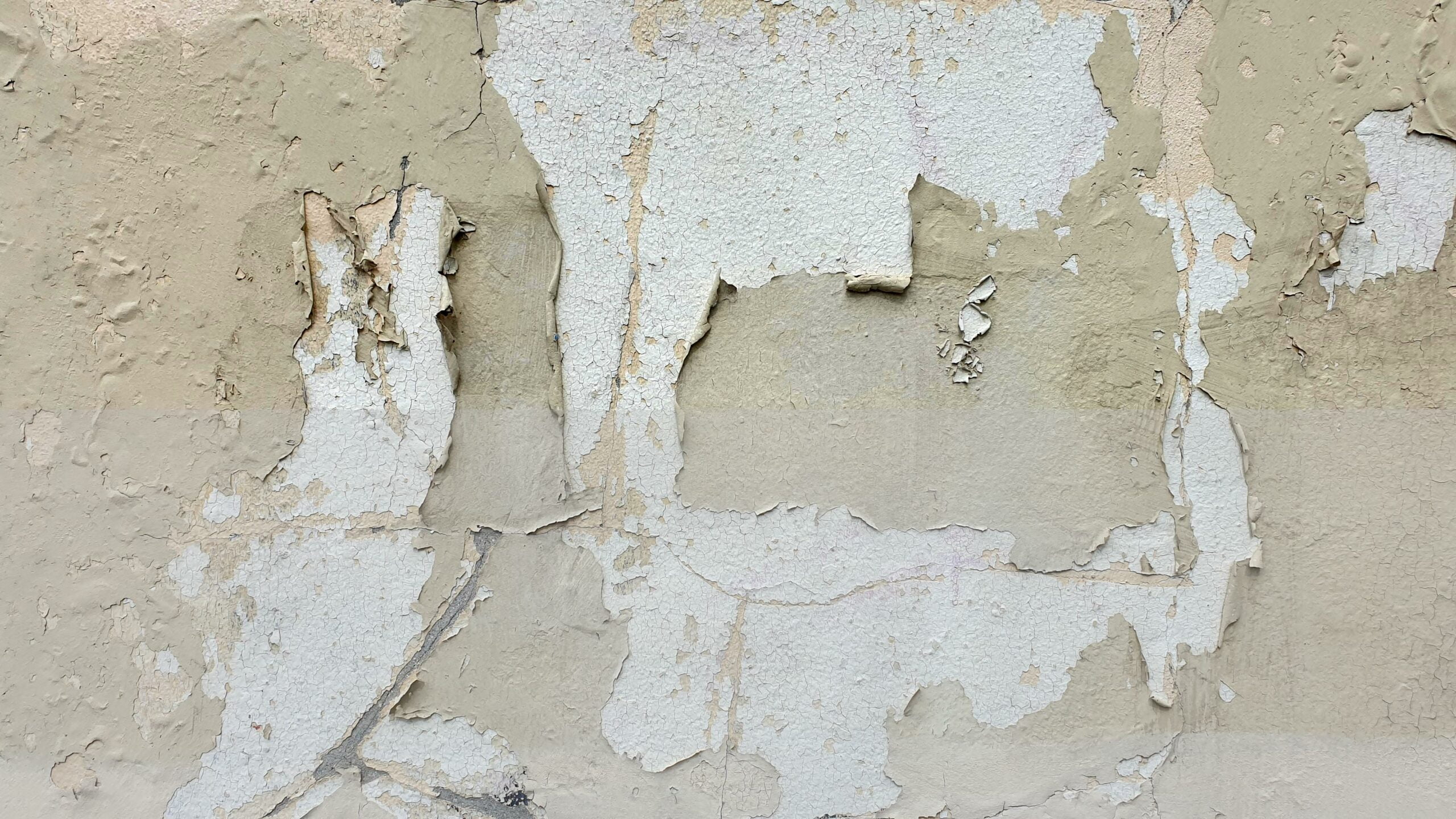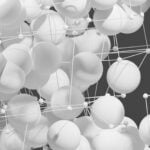Are you aware of the potential dangers that moisture can pose to our buildings and structures? Moisture behavior analysis is a crucial aspect of understanding and addressing this issue. In this article, we will delve into the world of moisture behavior analysis, exploring its impact on structures and the importance of effective solutions. Join us as we uncover the mysteries of moisture behavior and discover how expert analysis can provide the key to mitigating damages and implementing effective moisture management strategies. Get ready to explore this fascinating field and gain insights into the world of moisture behavior analysis!
Moisture Behavior Analysis
Moisture behavior analysis is a vital aspect of understanding the impact of moisture on structures and materials. By conducting a comprehensive assessment, we can identify potential issues and offer effective solutions to mitigate damages. In this article, we will explore the various methods and techniques used in moisture behavior analysis, and how they contribute to accurate and reliable results.
Importance of Moisture Analysis
Moisture analysis involves measuring the moisture content in solids, liquids, or gases. It is crucial in numerous industries, such as pharmaceuticals and food, where proper moisture determination is essential. But why is it so important? Well, moisture in materials can significantly affect their physical and chemical properties. Whether it’s outgassing or undesired changes, understanding how moisture impacts different materials is key to ensuring their optimal performance.
Techniques for Moisture Analysis
Loss on Drying Technique: This technique is commonly used to measure the moisture content in solids. By subjecting the material to heat, the water content evaporates, and the remaining weight loss corresponds to the moisture content. It is a simple yet effective method for moisture analysis.
Automated Moisture Analyzers: To expedite the moisture analysis process, automated analyzers have been developed. These analyzers reduce the time necessary for moisture analysis while providing accurate and reliable results. They are particularly useful in laboratory and production environments where efficiency is paramount.
Test Methodologies: Several test methodologies are employed to gather data on moisture content. Some common ones include the water immersion test, soil immersion test, climate chamber test, cold-hot box test, and field test. Each methodology serves a specific purpose and provides valuable information in moisture behavior analysis.
Moisture and Building Materials
To evaluate the performance of porous building materials, assessing moisture is crucial. Moisture in these materials can lead to structural issues, mold growth, and other undesirable consequences. By understanding the moisture behavior in building materials, we can develop effective strategies for moisture management and prevent potential damages.
Moisture Analysis in Various Applications
Moisture behavior analysis is not limited to specific industries or materials. It plays a vital role in many applications, and accurate results are essential for optimal outcomes. For example, in powder behavior analysis, understanding the effects of moisture is crucial for industries such as pharmaceuticals and cosmetics, where the moisture content can significantly impact the quality and stability of the products.
Benefits and Considerations
Using trusted moisture analysis methods and techniques brings several benefits. These methods, when employed correctly, ensure accurate and reliable moisture results. With comprehensive assessment and analysis, potential moisture-related issues can be identified, leading to effective solutions and mitigating damages. Furthermore, understanding moisture behavior is essential for optimizing performance and preventing unwanted consequences.
However, it is essential to consider the limitations and challenges of moisture behavior analysis. Moisture content can vary based on external factors, and different materials may require specific approaches for accurate analysis. Therefore, expertise and experience in moisture behavior analysis are crucial for obtaining reliable results.
In conclusion, moisture behavior analysis is a critical aspect of understanding the impact of moisture on structures and materials. By employing various techniques and methodologies, we can accurately measure moisture content and assess its effects. Through expert analysis, we can provide effective solutions and strategies for moisture management, ensuring optimal performance and preventing damages. Trustworthy and reliable moisture analysis is indispensable for numerous industries, where moisture content plays a vital role.
Condensation is a fascinating natural phenomenon that occurs when water vapor changes from a gaseous state into a liquid state. If you’re curious to learn more about this intriguing process, click here to discover 10 interesting facts about condensation. You’ll uncover surprising tidbits about how condensation forms on windows, how it plays a role in weather patterns, and even how it is utilized in certain scientific experiments. Prepare to be amazed as you delve into the world of condensation and gain a deeper understanding of this remarkable occurrence.
10 Interesting Facts About Condensation
FAQ
Q: What is moisture behavior analysis?
A: Moisture behavior analysis involves various methods for measuring the moisture content in solids, liquids, or gases.
Q: How is the moisture content of solids measured?
A: The loss on drying technique is primarily used to measure the moisture content of solids consisting mainly of water.
Q: Are there automated tools for moisture analysis?
A: Yes, automated moisture analyzers have been developed to reduce the time required for moisture analysis.
Q: Is there a correlation between temperature and moisture content in certain materials?
A: Yes, certain materials exhibit a linear relationship between temperature and moisture content.
Q: What test methodologies are used to determine moisture content?
A: Test methodologies such as water immersion test, soil immersion test, climate chamber test, cold-hot box test, and field test provide data on moisture content.
- SYBAU See You Baby Meaning: Gen Z Slang Evolves - July 1, 2025
- Unlock Your Inner Youth: Lifestyle Secrets for a Vibrant Life - July 1, 2025
- Decode SYBAU Meaning: Gen Z Slang Explained - July 1, 2025






